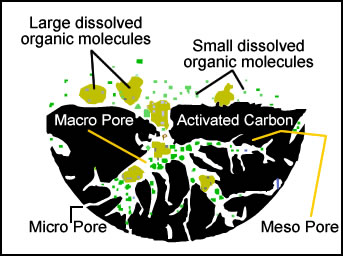Activated Carbon Demand in Industrial Air Purification Grows Nearly 5% Annually
In 2015, industrial air purification accounted for 78 percent of activated carbon used in gas phase applications and 39 percent of total US activated carbon demand. This represents significant growth from 2005, when industrial air purification applications represented less than half of total gas phase activated carbon demand. Gains resulted from the phase-in of the EPA’s Mercury & Air Toxics Standards (MATS), which had a final implementation deadline in early 2016.
During the phase-in period, the number of activated carbon injection (ACI) systems for mercury control in the US increased significantly. According to analyst Emily Park, “Going forward, gains in the industrial air purification market will slow as the mercury removal market matures.”
Regulations monitoring outdoor and indoor air quality overseen by government agencies such as the EPA and OSHA have a strong influence on activated carbon demand in this market. As the use of industrial air purification equipment is also directly tied to the number and type of manufacturing facilities in the US, the overall state of the economy and the health of the country’s manufacturing sector are also key indicators of demand.
Powdered activated carbon is currently the largest product type in industrial air purification applications, as it is the preferred product type for use in ACI systems and other equipment used for mercury removal. Before the emergence of the mercury control segment of the market, granular activated carbon was the largest product type used in gas phase applications. Granular activated carbons work well in fixed-bed systems used to adsorb pollutants from flue gas and similar exhaust streams. Activated carbon used in these applications is typically reactivated, often on-site, making granular activated carbon the logical choice.

